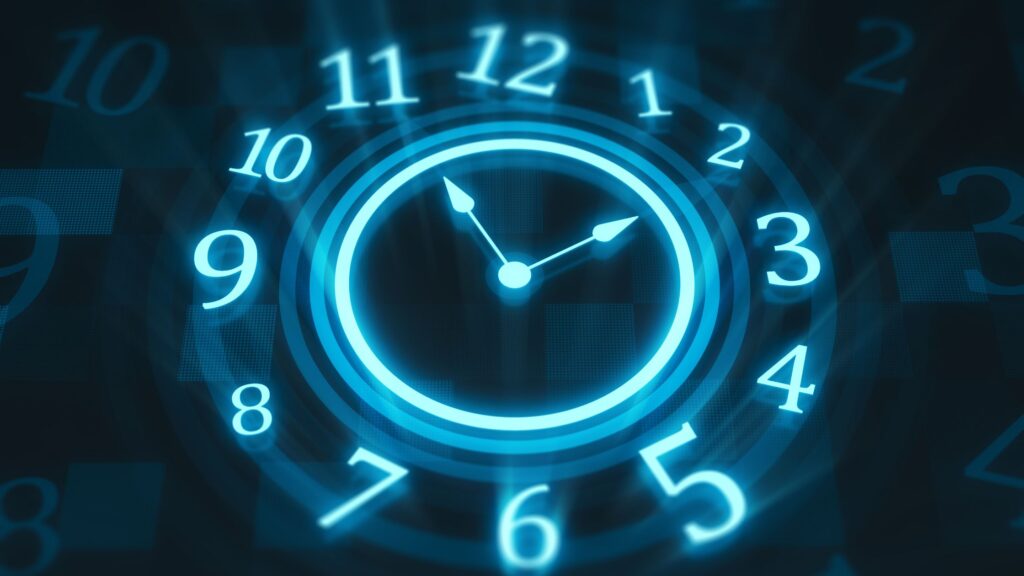Training Tips Using Garmin GPS Watch Data
Introduction
When it comes to optimizing your training regimen, Training tips using Garmin GPS watch data can be a game-changer. Garmin GPS watches are equipped with advanced tracking capabilities that provide valuable insights into your workouts. From distance covered and pace to heart rate zones and elevation gain, the data collected by your Garmin GPS watch can help you analyze your performance and make informed decisions to improve your training. In this article, we will delve into some effective training tips using Garmin GPS watch data, explore how to interpret and utilize this data effectively, and provide strategies to help you achieve your fitness goals.
Table of Contents
What This Post Covers
In this post, we will cover how to effectively use the data from your Garmin GPS watch to improve your training. We’ll discuss the key metrics to focus on, how to analyze your performance, and specific tips for different types of workouts. By the end, you’ll have a comprehensive understanding of how to leverage Garmin GPS watch data to enhance your fitness journey.
What is Garmin GPS Watch Data?
Garmin GPS watch data refers to the various metrics and information collected by your Garmin watch during physical activities. This includes GPS data (such as distance and pace), heart rate, cadence, elevation gain, calories burned, and more. These metrics provide a detailed picture of your workout, allowing you to track your progress and make adjustments to your training plan.

What Does Garmin GPS Watch Data Involve?
Garmin GPS watch data involves several key metrics that are crucial for effective training:
- Distance and Pace: Measure how far and how fast you’re running, cycling, or swimming.
- Heart Rate: Monitor your heart rate to ensure you’re training in the correct zones.
- Elevation Gain: Track how much elevation you’ve climbed during your workouts.
- Cadence: Count your steps or pedal strokes per minute to improve efficiency.
- Calories Burned: Estimate the number of calories burned during your activities.
- VO2 Max: Measure your aerobic fitness level.
Why is Garmin GPS Watch Data Important?
Understanding and using Garmin GPS watch data is important because it allows you to train smarter, not harder. By analyzing your performance metrics, you can identify areas for improvement, prevent overtraining, and tailor your workouts to match your fitness goals. This data-driven approach helps you optimize your training, leading to better results and reduced risk of injury.
Training of Garmin GPS Watch Data
Navigating courses with your Garmin GPS watch involves several essential steps and functionalities. First, you need to create or download a course using the Garmin Connect app or website. After your course is ready, sync it with your watch. During your activity, the watch provides real-time turn-by-turn directions and alerts to keep you on track. You can also use waypoint marking to highlight important locations along your route, such as rest stops or scenic points. Additionally, features like the “Back to Start” function ensure you can always find your way back to your starting point. By mastering these features, you can explore new trails and routes confidently and efficiently, making the most of your Garmin GPS watch.
Key Metrics to Focus On
- Heart Rate Zones
- Resting Heart Rate (RHR): Your RHR is a good indicator of your overall fitness level. Regularly tracking it can help you notice improvements or detect signs of overtraining.
- Heart Rate Zones: Training in different heart rate zones can help you achieve specific fitness goals. For instance, Zone 2 is ideal for building aerobic endurance, while Zone 4 is for high-intensity interval training (HIIT).
- Pace and Distance
- Use your pace data to ensure you’re running at the right speed for different types of workouts (e.g., long runs vs. speed work).
- Track your distance to gradually increase your mileage and build endurance.
- Elevation Gain
- For trail runners and cyclists, monitoring elevation gain is crucial for training on varied terrains and preparing for races with significant elevation changes.
- Cadence
- Runners should aim for a cadence of around 180 steps per minute to improve efficiency and reduce the risk of injury.
- Cyclists can use cadence data to maintain an optimal pedaling speed and improve cycling performance.
Analyzing Your Performance
- Post-Workout Analysis
- After each workout, review your data on the Garmin Connect app or website. Look for trends in your pace, heart rate, and elevation gain.
- Pay attention to any deviations from your normal patterns, as these can indicate fatigue or the need for a change in your training plan.
- Long-Term Trends
- Use Garmin Connect to analyze your performance over weeks and months. Identify trends in your training load, recovery, and performance improvements.
- Set benchmarks and track your progress towards specific goals, such as improving your 10k time or increasing your VO2 max.
Specific Tips for Different Types of Workouts
- Endurance Training
- Focus on maintaining a steady pace and staying within your aerobic heart rate zone. Use distance and pace data to gradually increase your mileage.
- Monitor your heart rate to avoid overtraining and ensure proper recovery.
- Interval Training
- Use your Garmin watch’s interval timer to structure your workouts. Track your pace and heart rate during high-intensity intervals and recovery periods.
- Analyze your heart rate data to ensure you’re reaching the desired intensity levels during intervals.
- Hill Training
- Use elevation gain data to find suitable hills for training. Track your performance on uphill and downhill sections.
- Monitor your heart rate to ensure you’re working hard on the ascents but not overexerting yourself.
- Recovery Workouts
- Pay attention to your resting heart rate and recovery metrics. Use these to gauge your recovery status and adjust your training intensity accordingly.
- Use cadence and pace data to ensure you’re keeping your recovery runs or rides at a low intensity.

Conclusion
Training tips using Garmin GPS watch data can transform your fitness routine by providing detailed insights into your performance. By focusing on key metrics such as heart rate, pace, elevation gain, and cadence, and analyzing your performance both post-workout and over the long term, you can optimize your training and achieve your fitness goals. Whether you’re an endurance athlete, an interval trainer, or a hill runner, leveraging the data from your Garmin GPS watch will help you train smarter and more effectively.
Frequently Asked Questions
How can I use Garmin GPS watch data for marathon training?
Track your long run distances, monitor your heart rate zones, and analyze your pace to ensure you’re building endurance without overtraining.
What is VO2 max, and why is it important?
VO2 max is a measure of your aerobic fitness level, indicating how well your body uses oxygen during exercise. A higher VO2 max typically means better endurance.
How often should I review my Garmin GPS watch data?
Review your data after each workout and perform a more detailed analysis weekly to track progress and adjust your training plan.
Can Garmin GPS watch data help prevent injuries?
Yes, by monitoring metrics like heart rate, pace, and cadence, you can identify signs of overtraining or inefficiencies in your form that could lead to injury.
What are the benefits of using cadence data in running?
Maintaining an optimal cadence (around 180 steps per minute) can improve running efficiency and reduce the risk of injuries.
Meta Description
Unlock your full training potential with detailed tips on using Garmin GPS watch data. Learn how to analyze key metrics, optimize your workouts, and achieve your fitness goals.
Tags
Best Title Names for SEO
- “10 Powerful Training Tips Using Garmin GPS Watch Data”
- “Maximize Your Fitness: Top 7 Tips for Using Garmin GPS Watch Data”
- “Unlock Your Potential: 5 Ways to Use Garmin GPS Watch Data”
- “Optimize Your Training: 8 Essential Tips for Garmin GPS Watch Users”
- “Transform Your Workouts: 6 Effective Tips Using Garmin GPS Watch Data”

My name is Oje and I’m obsessed with finding the latest tech gear to help people track progress and solve problems more efficiently. I spend countless hours researching and testing innovative apps, wearables, and devices for fitness, health, productivity, and more.
